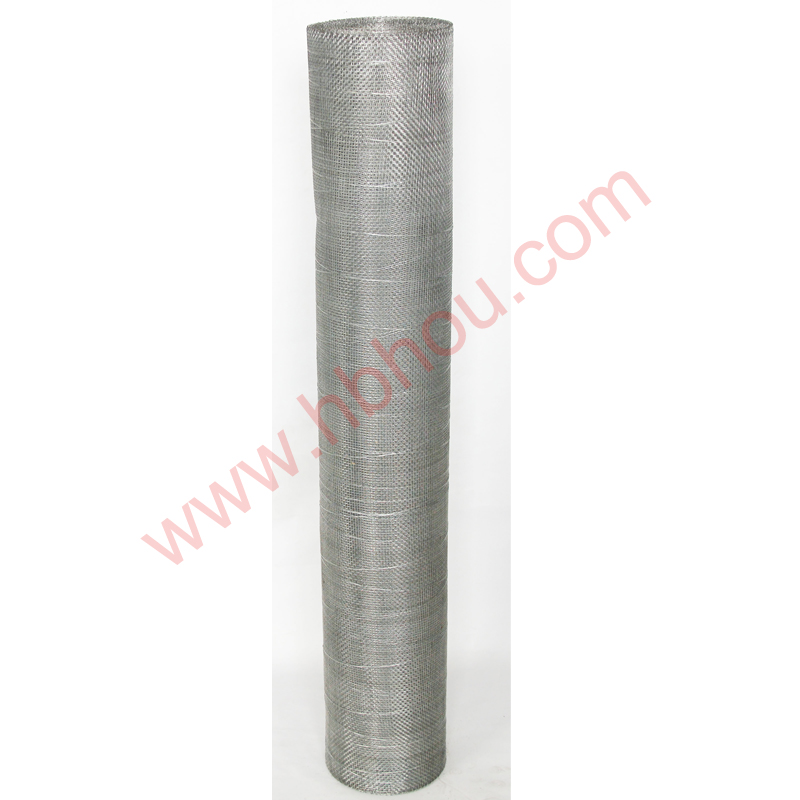The Fence Post Holes A Guide to Proper Installation
When it comes to building a sturdy fence, one of the most crucial steps is creating the fence post holes. These holes are the foundation of your fence, supporting the posts that will hold it upright against various elements. In this article, we will explore why proper fence post hole preparation is vital, the tools you'll need, and a step-by-step guide to ensure your fence stands the test of time.
Why Proper Post Holes Matter
The primary purpose of fence post holes is to provide stability. A well-installed fence relies on how deep and wide these holes are. If the holes are too shallow or improperly sized, the posts may become loose over time, leading to a weak structure that can easily be knocked over by wind, animals, or other external forces. Additionally, inadequate holes can lead to water pooling around the base of the posts, which can cause premature rotting, especially for wooden posts.
Tools You Will Need
Before you begin digging, gather the necessary tools
1. Post Hole Digger This is a specialized tool designed to dig narrow, deep holes for fence posts. 2. Shovel Useful for removing soil and debris. 3. Measuring Tape To help you measure the depth and spacing of your holes accurately. 4. Level To ensure your posts are vertical when inserted. 5. Concrete Mix To set the posts firmly in the ground. 6. Water For mixing with your concrete and aiding in curing.
Step-by-Step Guide to Digging Post Holes
1. Plan Your Fence Line Begin by marking where your fence will go. Use stakes and string to visualize the straight line of your fence and plan the spacing of the posts. Generally, fence posts should be spaced 6 to 8 feet apart, depending on the type of fence you are installing.
fence post holes

2. Measure the Depth Standard practice dictates that fence posts should be buried at least one-third of their height in the ground. For example, if you are using 6-foot-tall posts, the hole should be at least 2 feet deep.
3. Excavate the Holes Using the post hole digger, start digging at your marked spots. Rotate the digger as you go to break up the soil, and periodically pull it out to remove the excavated dirt. Make sure the hole is as straight and vertical as possible.
4. Make the Holes Wider at the Bottom For added stability, you can create a wider area at the bottom of each hole, which helps with weight distribution and protects against heaving during freeze-thaw cycles.
5. Test the Depth and Alignment After digging, measure the depth of each hole to ensure they are consistent. Use a level to check that the sides are straight.
6. Insert the Posts Position your fence post in the center of the hole. Ensure that it is vertical using your level. Hold it in place while you prepare to fill the hole.
7. Fill with Concrete Pour the concrete mix into the hole around the post, following the manufacturer’s instructions for water ratios. This not only stabilizes the post but also protects it from environmental elements. Allow sufficient time for the concrete to cure, usually around 24 to 48 hours.
8. Backfill and Compact Once the concrete has set, you can backfill with soil to cover the top of the concrete, compacting it to prevent settling.
Conclusion
Properly digging and preparing fence post holes is essential for building a reliable fence. By taking the time to plan, measure, and install your posts correctly, you can ensure that your fence will stand strong against the elements. A sturdy fence not only enhances the aesthetic appeal of your property but also provides security and privacy. Whether you’re a DIY enthusiast or a professional, understanding the importance of fence post holes is a critical component of any fencing project. Start strong, and your fence will last for years to come.
















